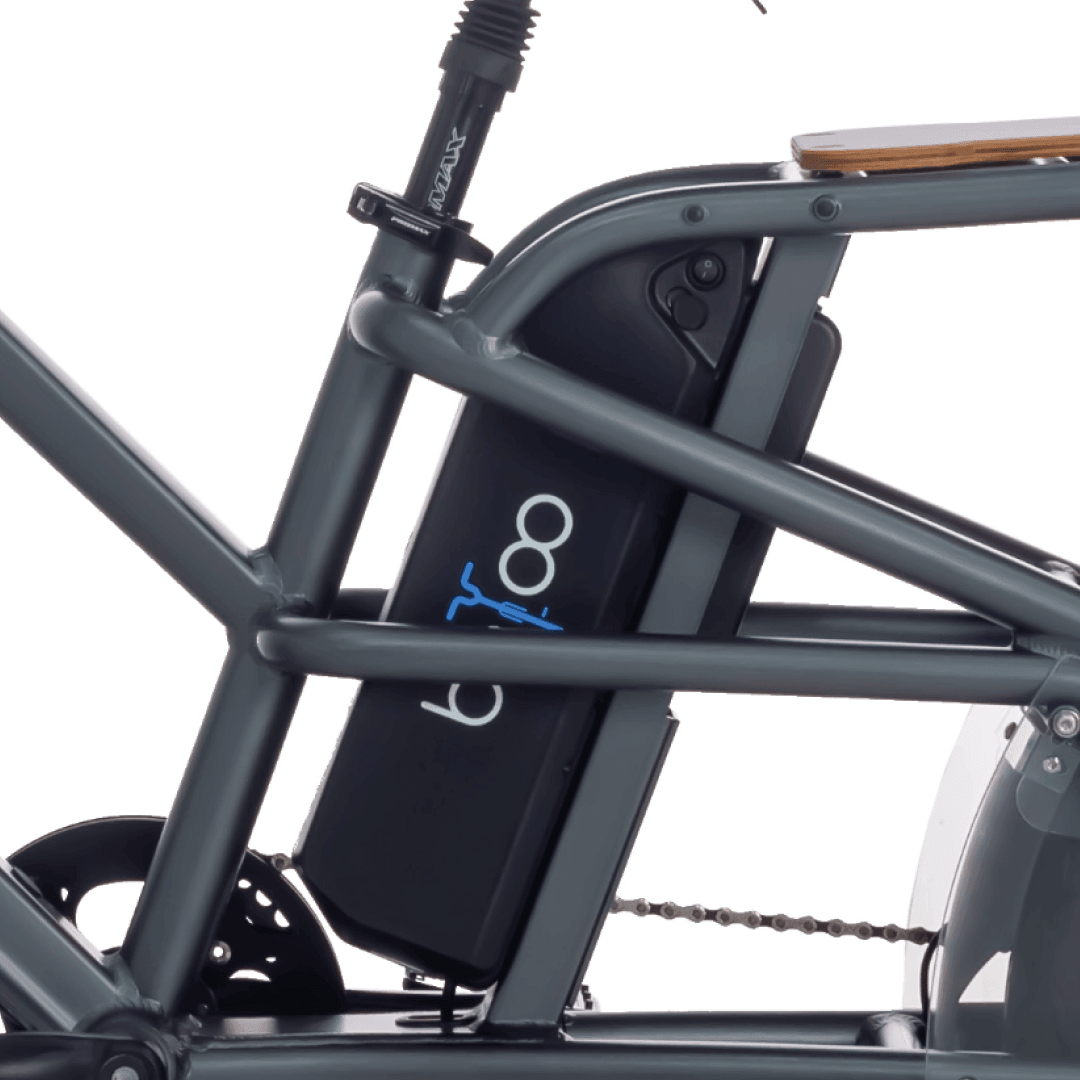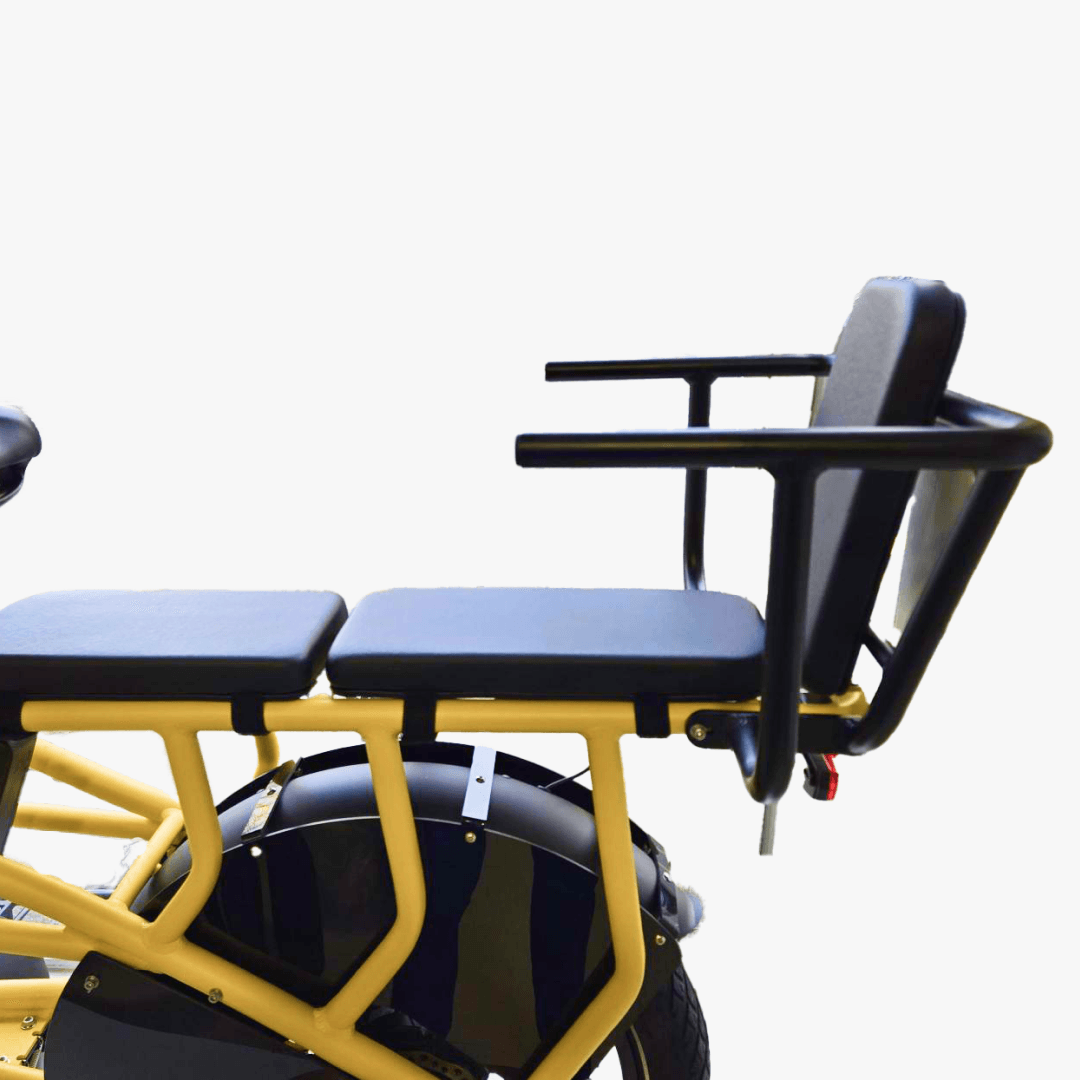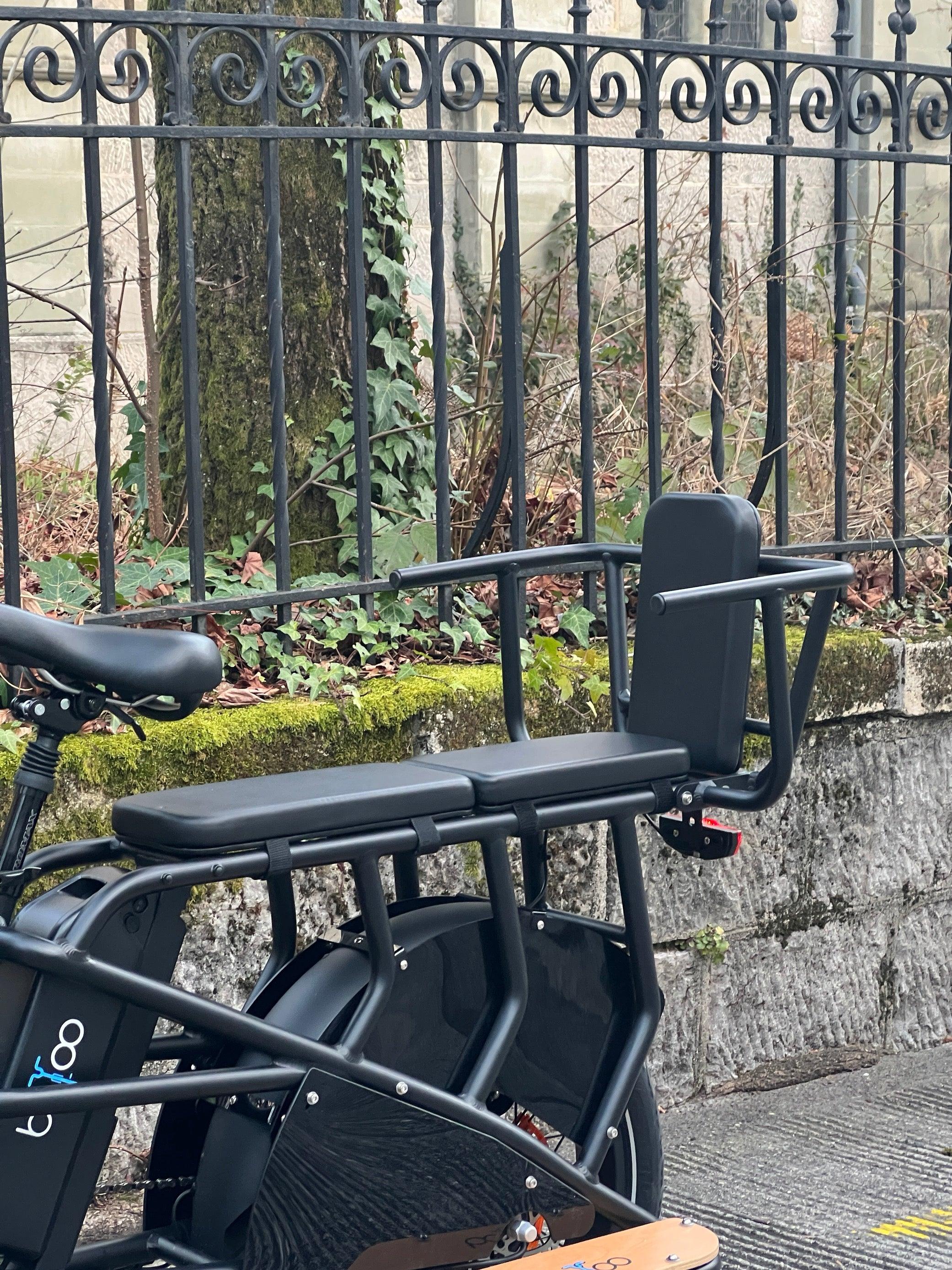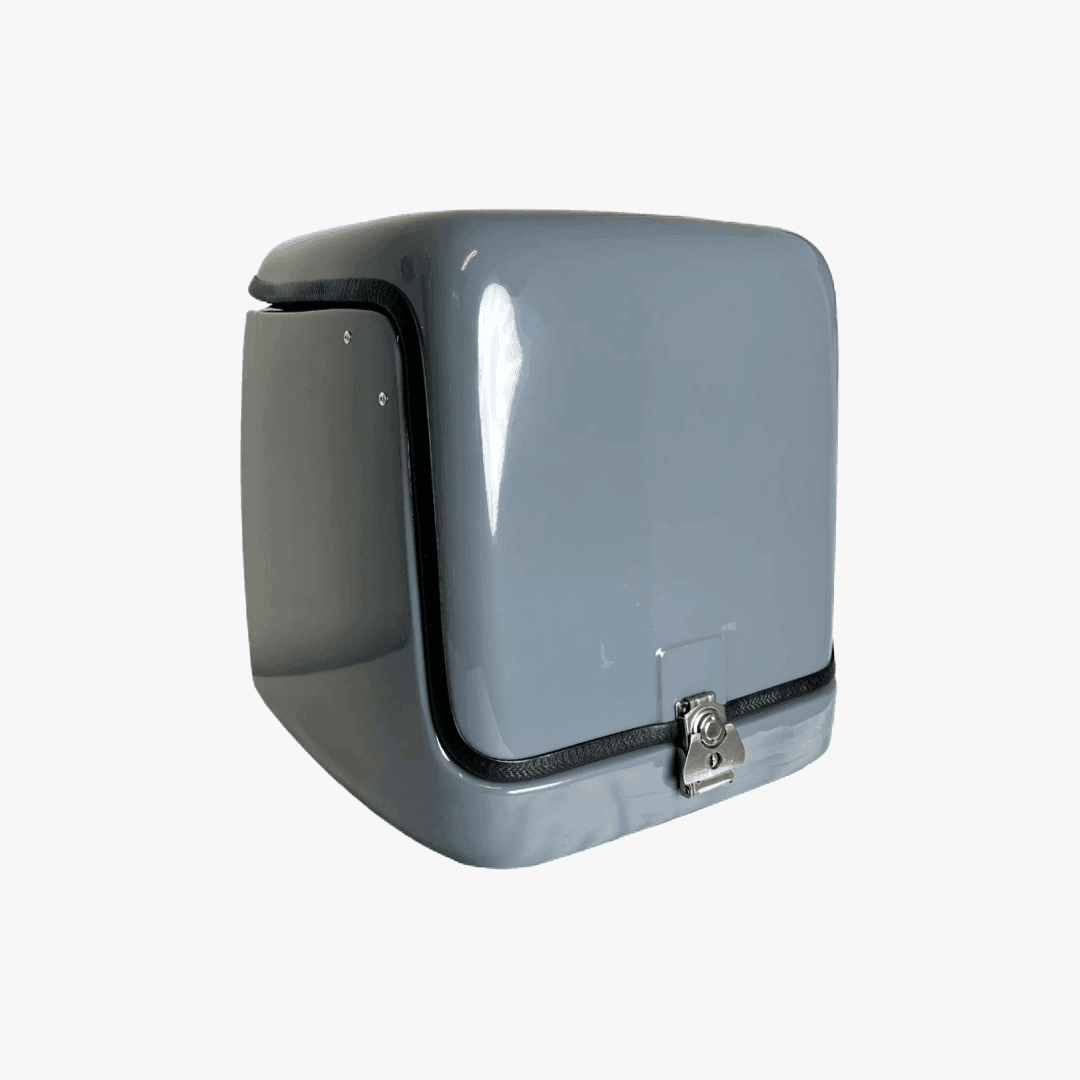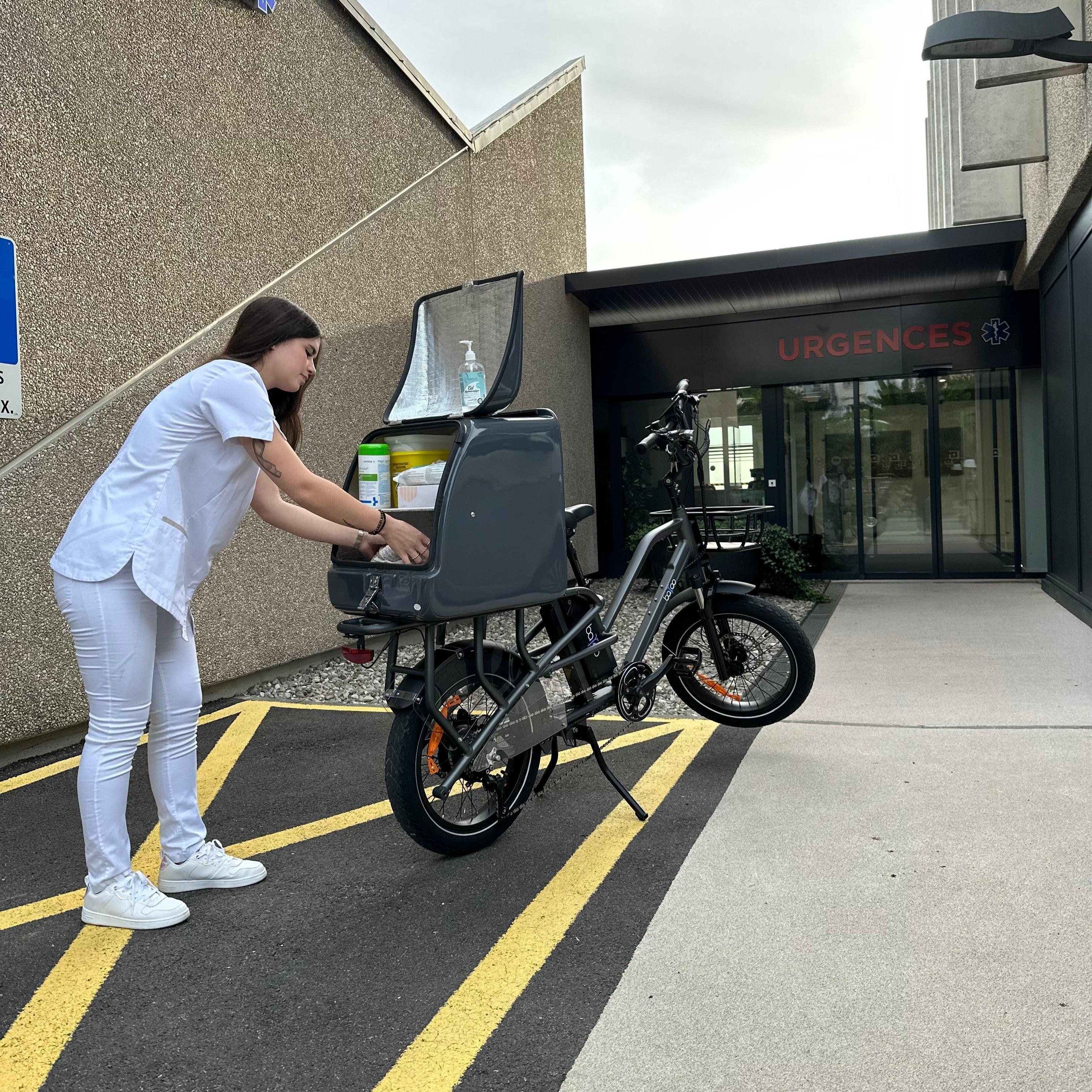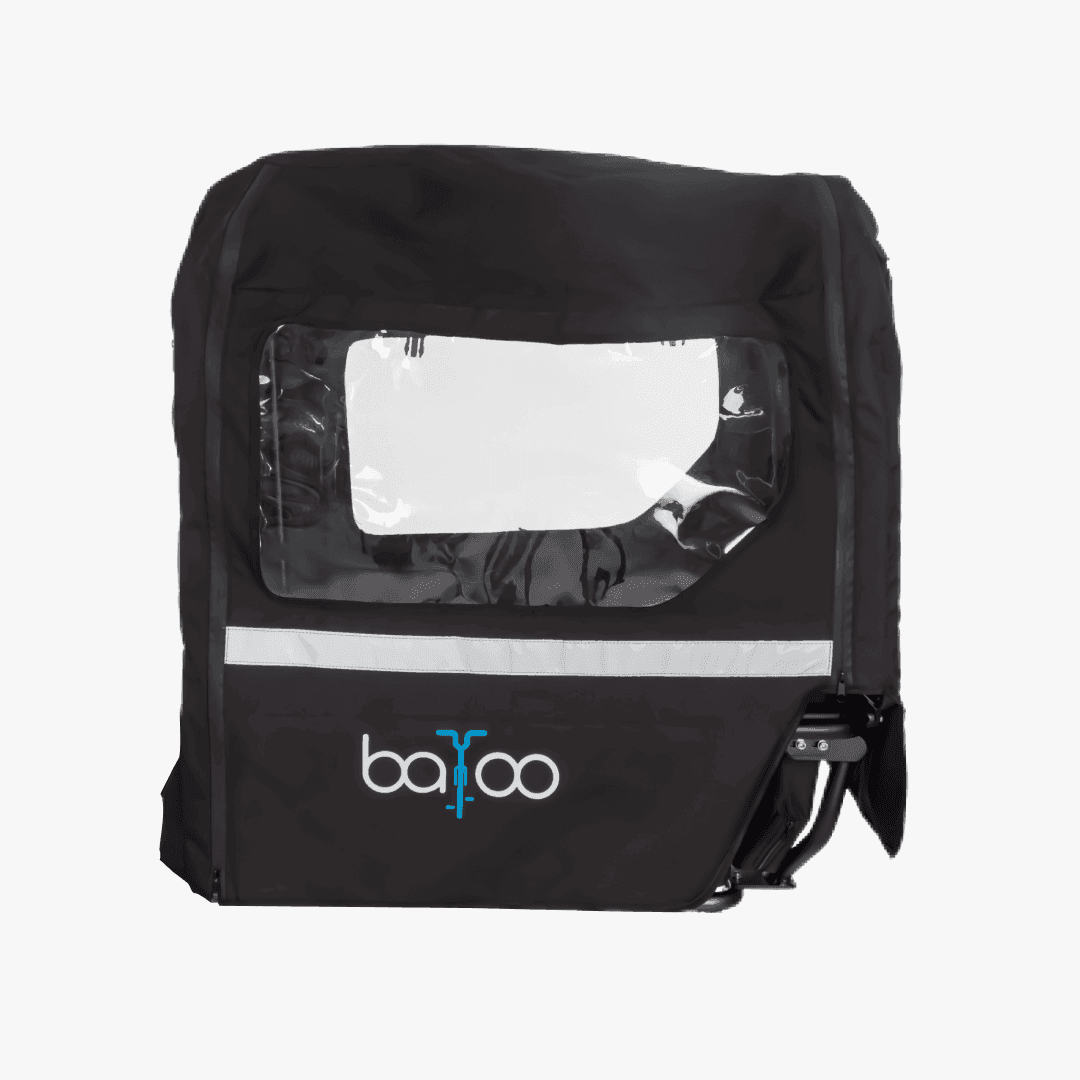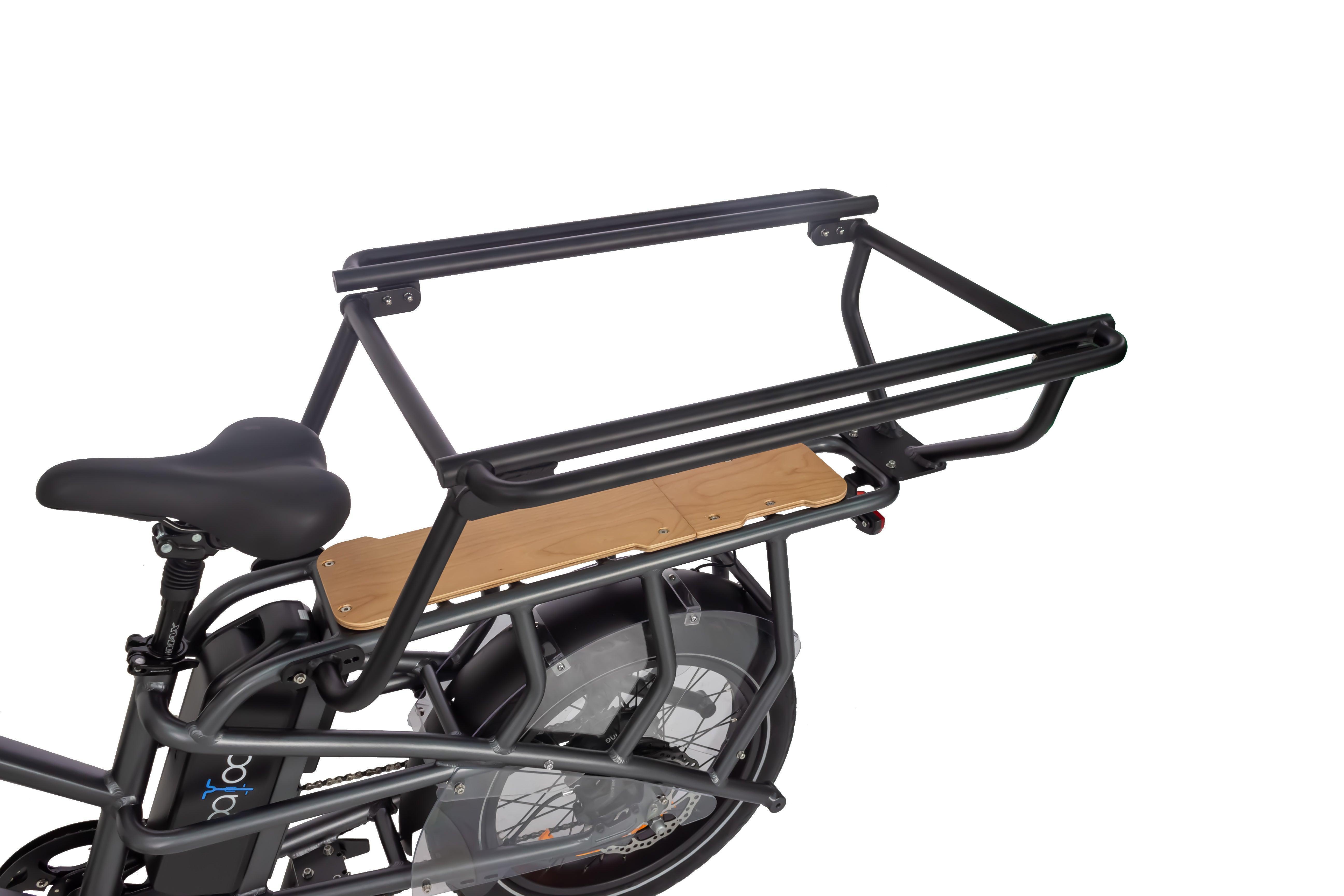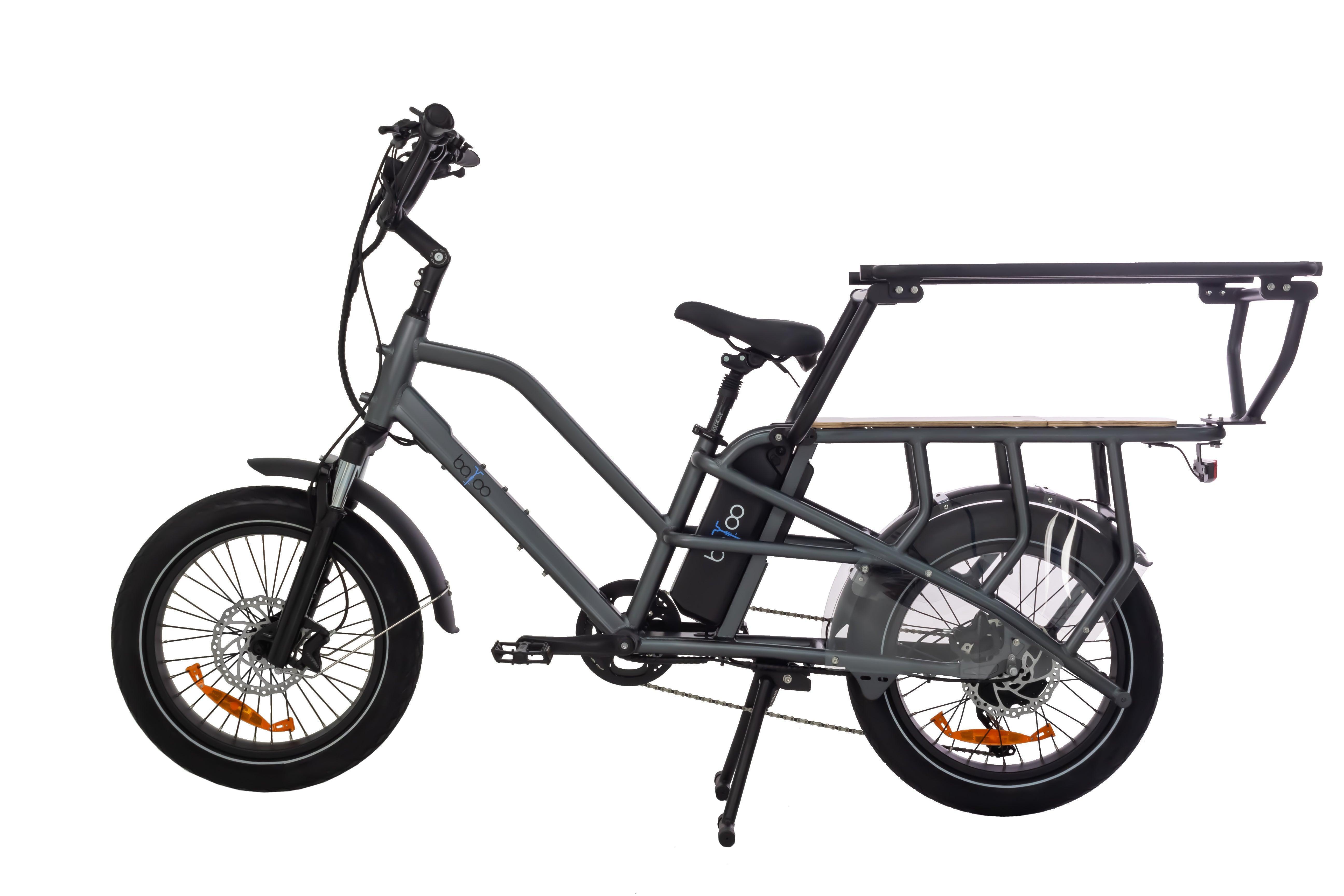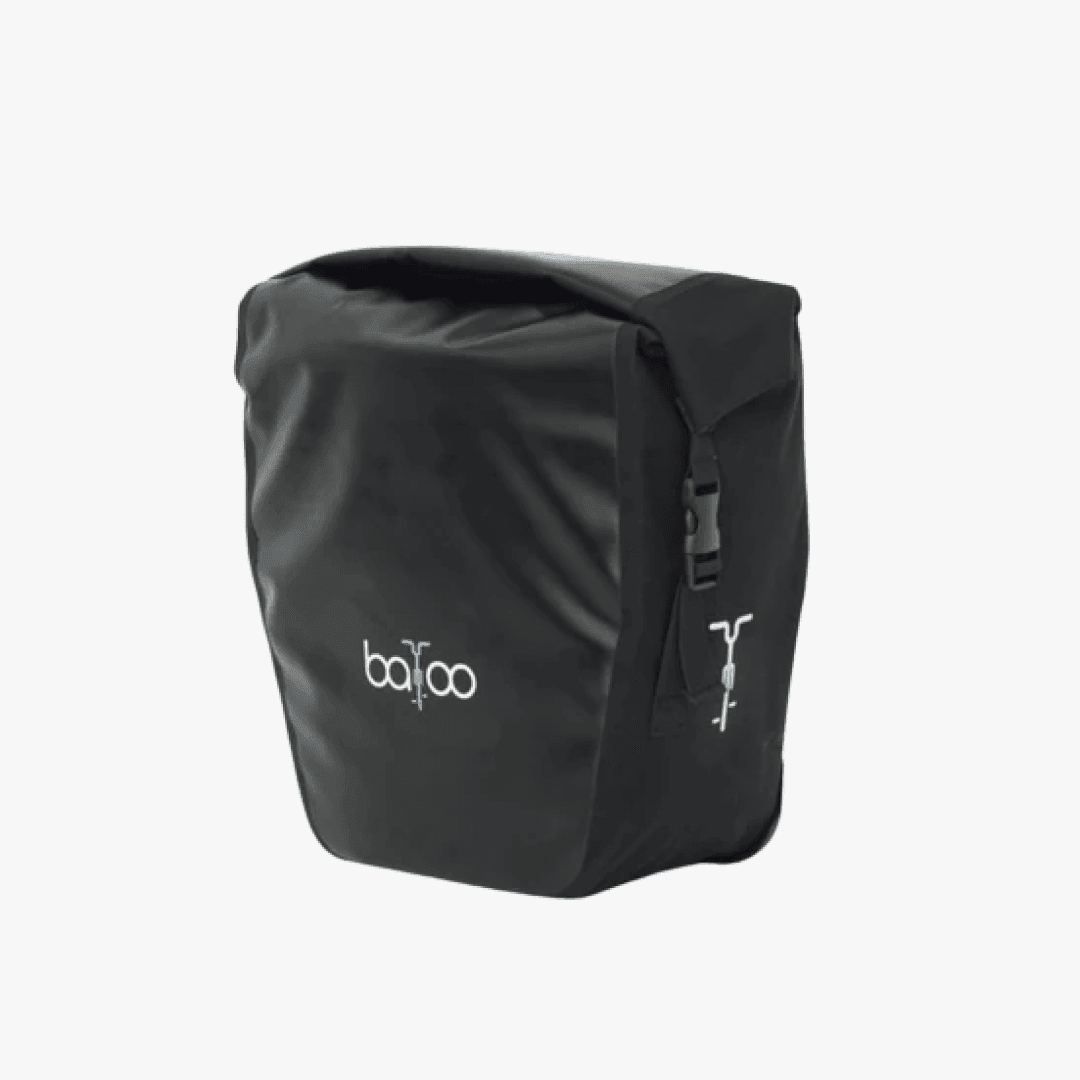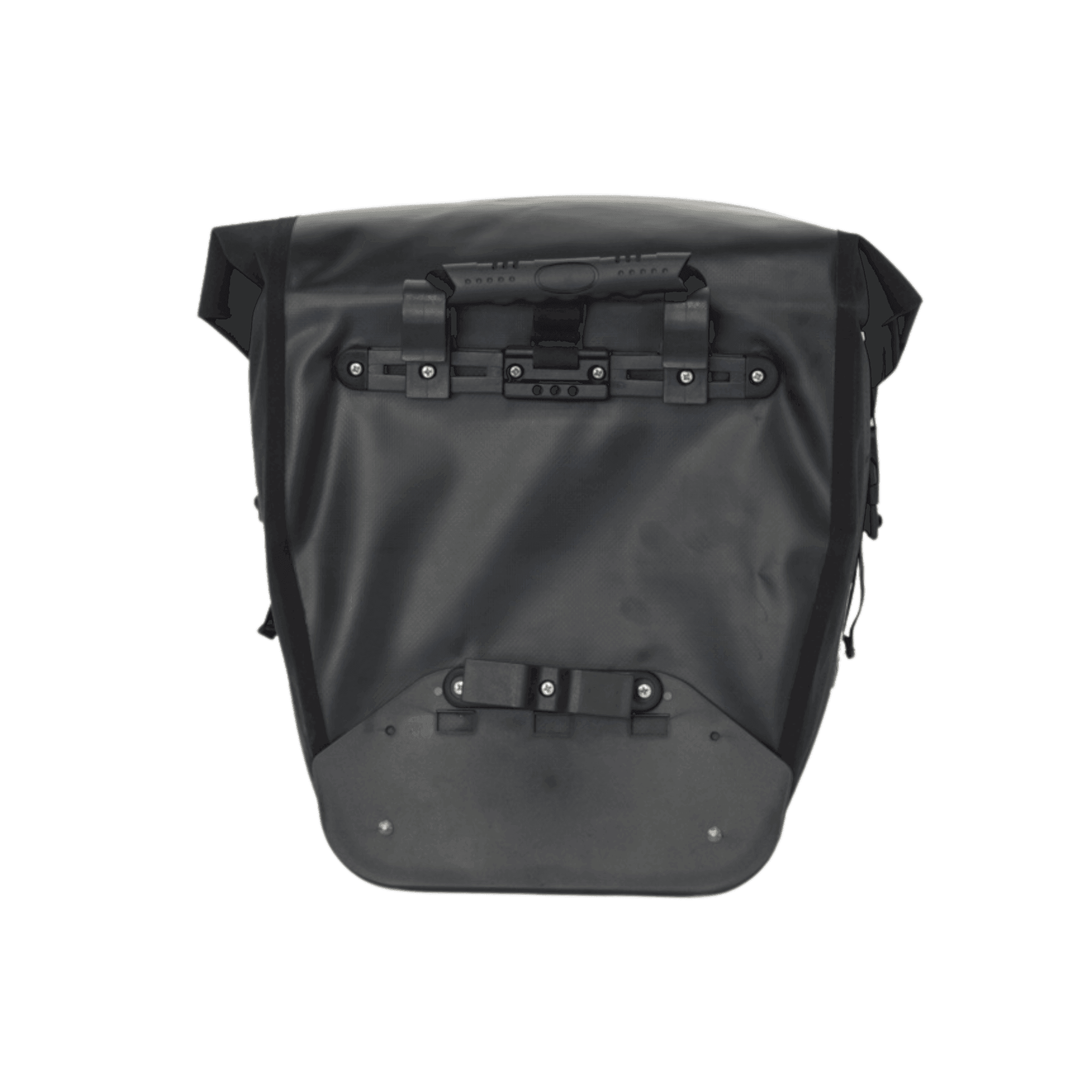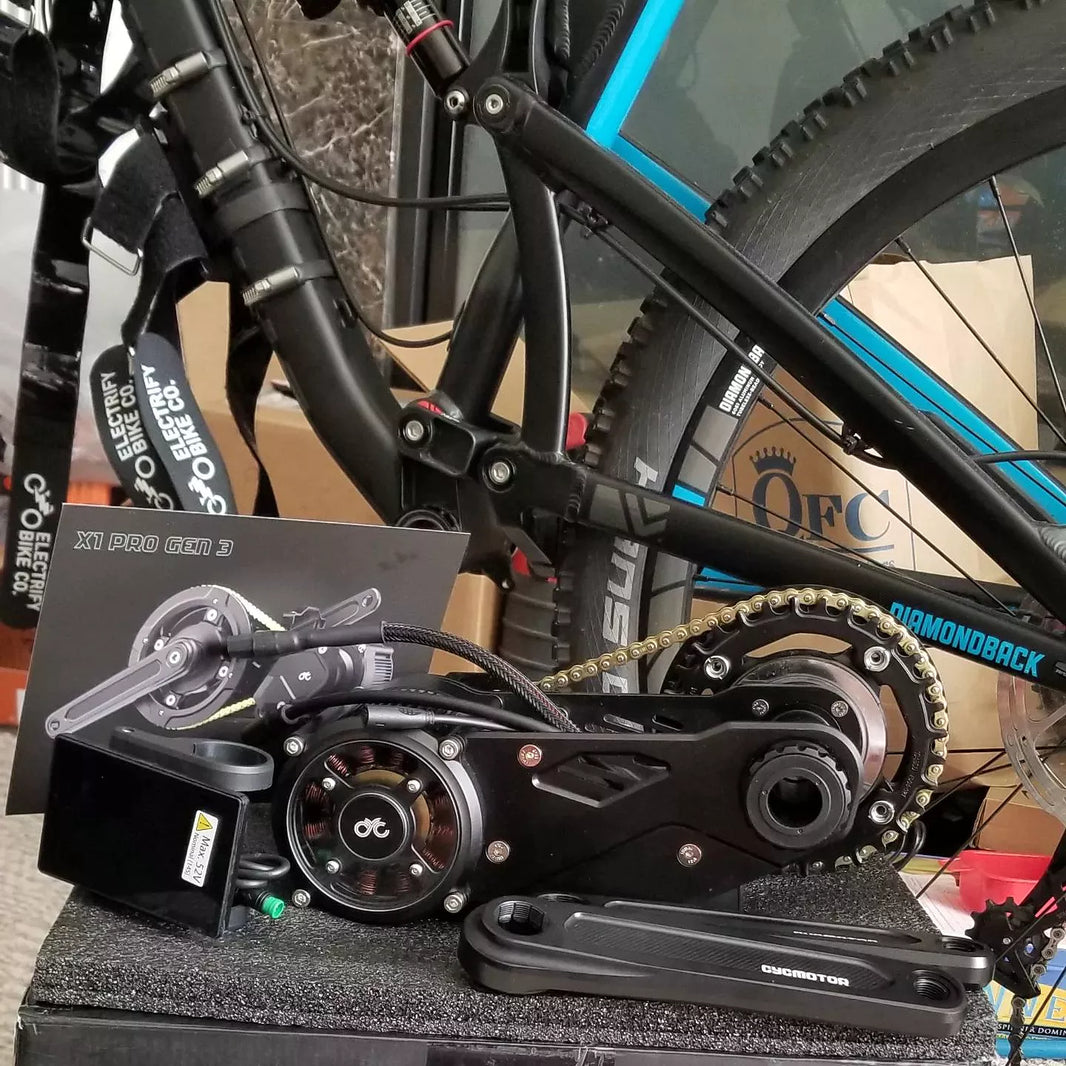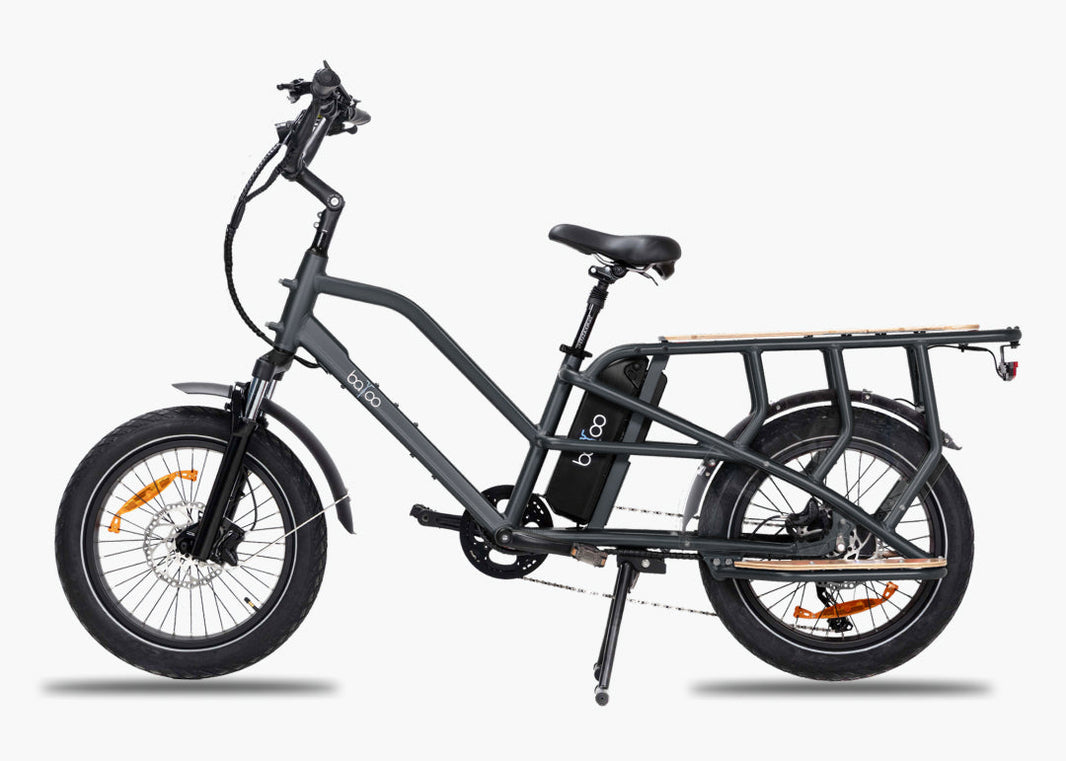In Switzerland, a standard electric bike (e-bike) cannot provide assistance beyond 25 km/h . There are two main legal categories of e-bikes: slow electric bikes (assisting up to 25 km/h) and fast electric bikes or speed pedelecs (up to 45 km/h).
The former require neither a license plate nor a permit (from age 16), while the latter are classified as mopeds. Bicycles with electric assistance exceeding 45 km/h are reclassified as motorcycles. This regulation means that electric assistance cuts off at 25 km/h for all standard e-bikes.
For example, the NCM Paris is designed to travel at speeds up to 25 km/h, while more powerful models like the NCM Moscow Plus can reach 45 km/h while complying with applicable regulations (see FAQ below). These speed differences are subject to separate rules (license, registration, helmet, etc.), detailed below.
Categories of electric bikes in Switzerland (25 km/h vs 45 km/h)
"Slow" e-bikes (≤ 25 km/h): electric assistance limited to 25 km/h. They do not require a license plate and can be ridden freely on cycle paths. No license is required for riders aged 16 and over. These bikes behave like regular bicycles as long as the assistance does not exceed 25 km/h.
Speed pedelecs (≤ 45 km/h): assistance up to 45 km/h. Legally, these high-speed e-bikes are classified as mopeds. They must be registered (yellow license plate), insured, and helmets are mandatory. Their equipment is reinforced (rearview mirror, speedometer, etc.) in accordance with motor vehicle regulations.
Above 45 km/h: Any electric bicycle with assistance exceeding 45 km/h falls into the motorcycle category. Such a vehicle requires the appropriate motorcycle license, a red registration plate, and all the mandatory equipment for a motorcycle. It can only be driven under this classification, and no longer as an e-bike.
Legal limitation: maximum assistance 25 km/h

Swiss law sets the maximum speed limit for electric assistance at 25 km/h . In practice, the motor of an e-bike stops providing assistance once this speed is reached. This limit applies to all standard e-bikes, whether they are city bikes or electric cargo bikes (heavy-duty bikes) – in both cases, the assistance cannot exceed 25 km/h.
In practice, this ensures that ordinary e-bikes will not be able to push the cyclist beyond 25 km/h, except with illegal modification of the cycle.
Fast e-bikes (45 km/h): moped, registration and helmet
Speed pedelecs provide assistance up to 45 km/h . They are therefore classified as mopeds ("vélomoteurs") under the law. This entails several obligations: they must be registered, insured, and the rider must hold a license of the minimum required category. A helmet is mandatory, as well as reinforced equipment (rearview mirror, approved gauges, etc.).
These fast e-bikes benefit from certain advantages (use of certain cycle paths, possibility of right-hand lane) but are subject to the same penalties as motor vehicles in case of an infraction.
Above 45 km/h: motorcycle

An electric bicycle with assistance that allows it to reach speeds exceeding 45 km/h is reclassified as a motorcycle. Technically, this corresponds to powerful electric cycles (motor > 1000 W or assistance > 45 km/h) which are no longer considered e-bikes.
In this case, the highway code requires the vehicle to be used like a motorcycle: A license, normal registration, wearing a full-face helmet, etc. Such a "bicycle" must then meet the same requirements as a classic motorcycle.
Conclusion
In summary, the assistance speed of an e-bike in Switzerland is limited to 25 km/h by default. Speed pedelecs capable of reaching speeds of up to 45 km/h have a separate status (moped).
The electric bike models offered by Batoo Bike are designed to comply with these standards. For example, the NCM Paris is optimized for urban journeys at 25 km/h, while the NCM Moscow Plus offers the power to reach 45 km/h within legal limits. Explore the entire Batoo range to find a high-performance e-bike perfectly suited to Swiss regulations.
FAQ
What is the maximum permitted speed for an electric bicycle in Switzerland?
Electric assistance cuts off at 25 km/h for a standard e-bike. You cannot exceed this speed with the motor's assistance without changing vehicle categories.
Does the 25 km/h speed limit apply to all e-bikes?
Yes, all so-called "slow" electric bikes and electric cargo bikes are limited to 25 km/h of assistance. Only speed pedelecs (45 km/h) can go faster.
What happens if an e-bike exceeds 25 km/h with assistance?
If an e-bike exceeds 25 km/h of assistance, it is reclassified: if it remains ≤ 45 km/h, it becomes a moped (registration and license required); beyond 45 km/h, it is treated as a motorcycle (motorcycle license, special plate, etc.).
What are the different types of electric bikes according to speed?
We distinguish between slow e-bikes (assistance up to 25 km/h), fast e-bikes or speed-pedelecs (assistance up to 45 km/h) [ , and electric cycles beyond that, treated as motorcycles.
Is it possible to have an electric bike that goes 50 km/h?
No, an e-bike that can travel at 50 km/h thanks to its motor ceases to be a bicycle in the legal sense. It is then considered a motorcycle, with all the constraints that entails (motorcycle license, appropriate registration, etc.).
Sources:












